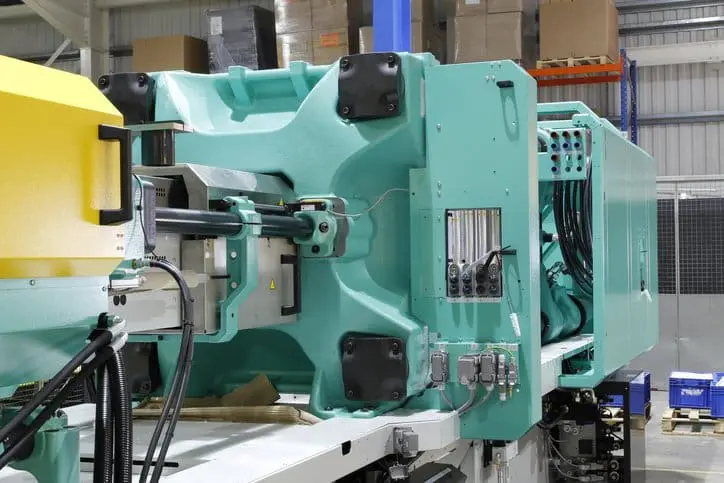A Guide for Clients to Understand and Communicate Their Injection Molding Tolerances and Requirements
In order to produce critical plastic components that meet even the strictest demands, communication between you and your injection molder is crucial for success. However, the world of plastics manufacturing is rife with industry-related terminology, the meaning of which is not always immediately clear. One instance of this is the concept of injection molding tolerances.
Accurately understanding and articulating injection molding tolerance requirements is essential to ensuring that your plastic component is manufactured to your exact specifications. Additionally, clearly communicating injection molding tolerances and other essential requirements in the plastic manufacturing process will help streamline project strategizing and production timelines.
The Basics of Injection Molding Tolerances
In layman’s terms, injection molding tolerances refer to the allowable deviations from the desired dimensions of a molded part. Often expressed in millimeters or inches, clear tolerances are vital for producing plastic parts and components that will be able to meet the requirements of the end-use product.
Tolerances vary from product to product and industry to industry, and may sometimes be classified as tight or very tight tolerances. Parts with a tight tolerance usually require a deviation range of only +/- .002 inches, while very tight is even more strict at +/- .001 inches.
Factors Affecting Injection Molding Tolerances
Injection molding tolerances are generally influenced by a variety of factors. Material selection, part design, tooling, and process parameters all have an impact on the tolerance requirements of a specific component.
Different materials and part geometries, for instance, may require certain tolerance levels in order to achieve optimal performance. Material behavior and potential shrinkage must be accounted for. Similarly, part design elements like wall thickness and draft angles can impact how the part will cool and solidify.
Maintaining strict tolerances becomes more important the larger or more complex a part is, and is essential in applications for regulated industries such as the medical device, aerospace, defense, and automotive sectors where safety and part performance are critical.
Impact of Tolerances on Product Performance
The impact injection molding tolerances have on part performance and quality cannot be understated. In precision-driven industries, even the slightest deviation could result in problems with fit, functionality, and safety and may even be the cause of end-product failure. Poor dimensional stability, warpage, or shrinkage can all result in problems during assembly as well and lead to the production of subpar end-products.
In industries like the medical and automotive industries, producing poorly designed parts can be catastrophic. Injection molding is essential to producing components for everything from medical disposables and car doors to implantable medical devices and engine components. Many of these applications understandably require extremely tight tolerances in order to meet performance standards.
Guidelines for Communicating Tolerance Requirements
In order to ensure that your tolerance requirements are met, there are a few communication guidelines you can follow when talking to your injection molding partner:
-
Be Specific – Clarity is key when defining tolerance requirements and other details of your component. Providing precise numerical measurements for your tolerances can help ensure that expectations are set from the beginning.
-
Provide Context – Make sure your injection molder has a full understanding of the parts’ application and performance requirements. Knowing what sort of environmental factors the part may be exposed to, the level of wear and tear it will need to withstand, and other pertinent information will help your manufacturer narrow down material selection and ensure that the mold and tooling are designed to meet your needs.
-
Collaborate – Take advantage of the expertise your injection molding partner brings to the table. Seek their advice in areas like Design for Manufacturability (DFM), optimized molding design, manufacturing process parameters, and tooling, all of which are vital to ensuring an efficient production process and the highest quality plastic parts.
An Injection Molder That Can Meet the Tightest Tolerances
Meeting specific injection molding tolerances can pose significant challenges, but the right plastics manufacturing partner can help you balance cost and precision and manage the trade-offs between part complexity and what is attainable for tolerance requirements.
At Intertech, we specialize in custom injection molding services for highly-engineered parts that meet the tightest of tolerances with a zero-defect approach. With additional services like engineering support, assembly and packaging, and in-mold decoration, we are an all-in-house plastics manufacturer equipped to meet your specific needs.
Reach out to our team today to talk about your project and learn more about what we can do for you.

